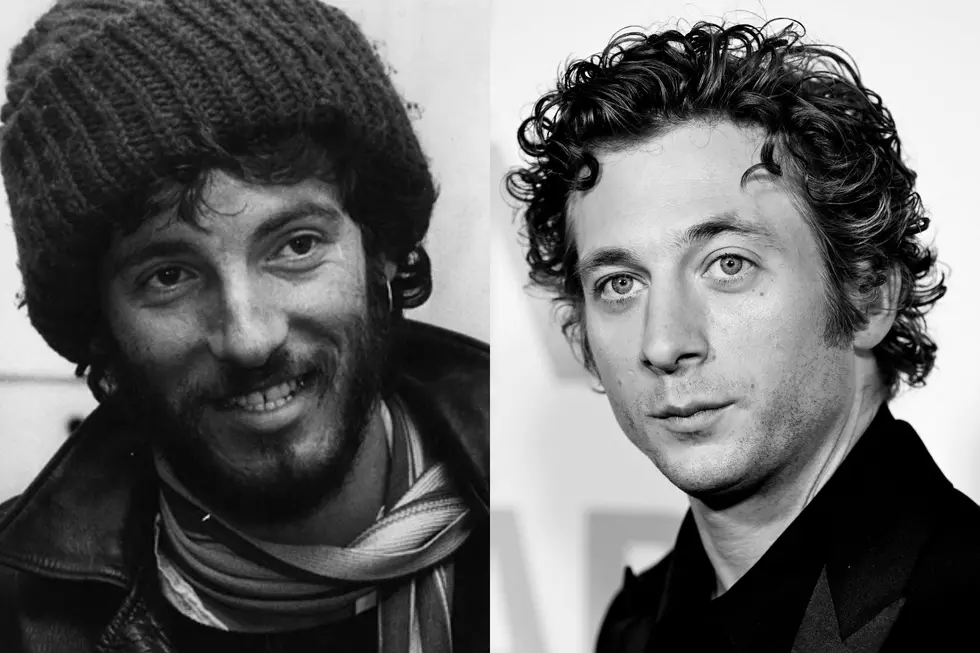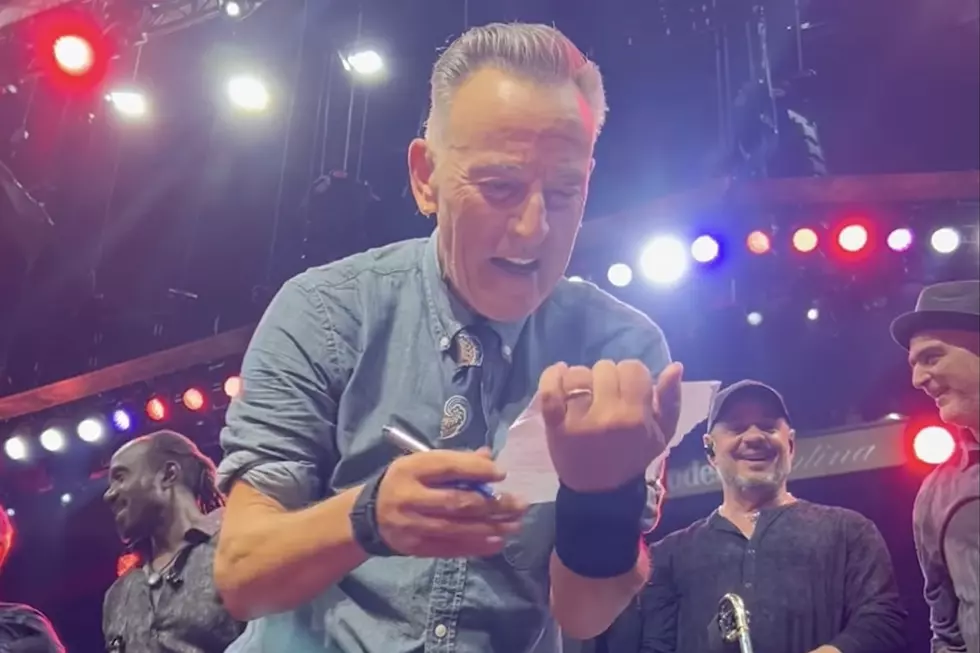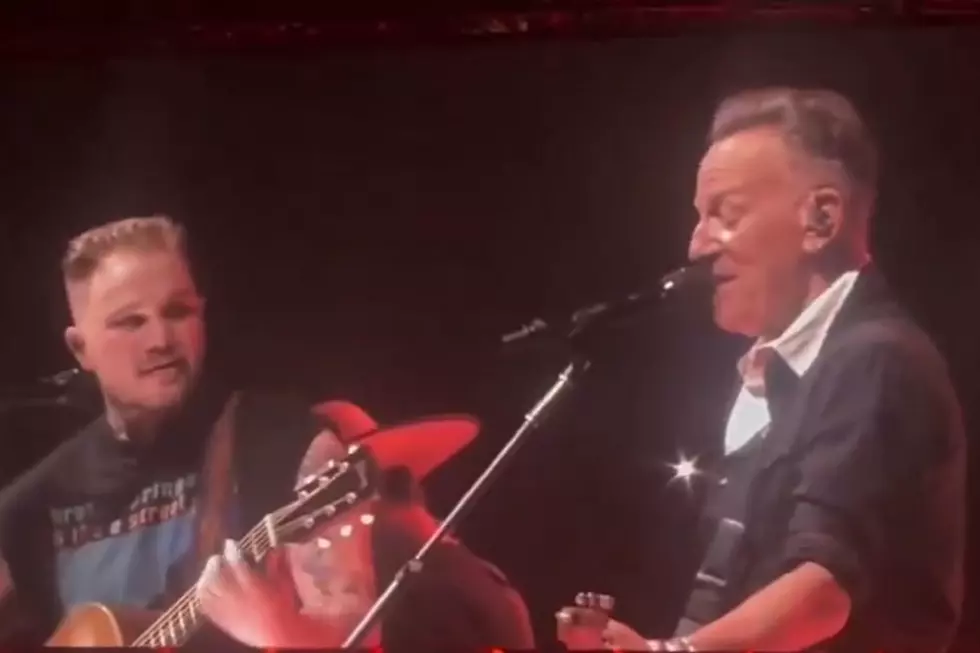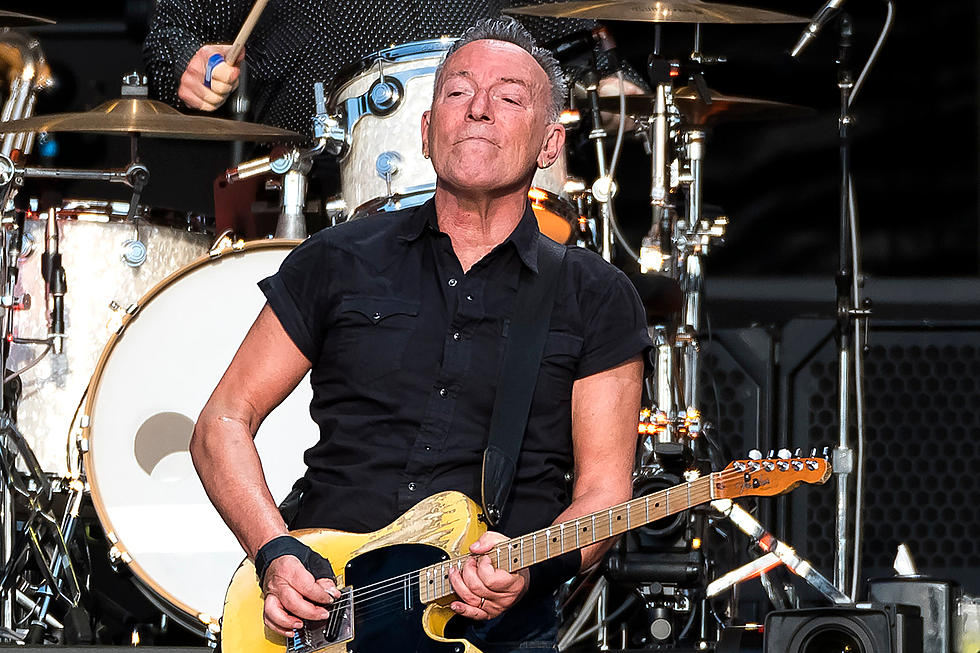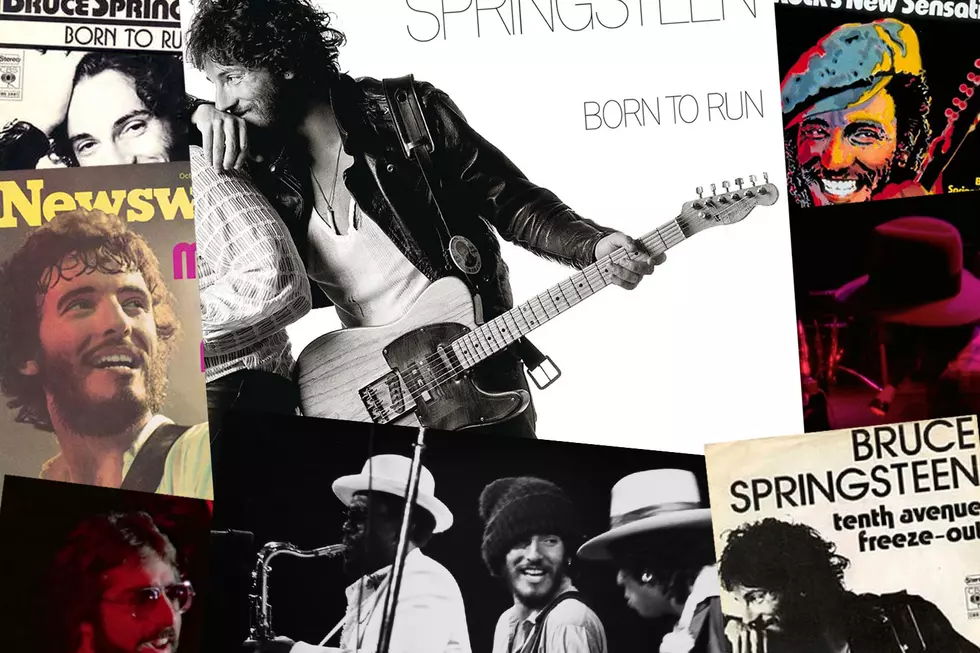
Bruce Springsteen’s ‘Born to Run': A Track-by-Track Guide
Born to Run was the album that took Bruce Springsteen from critics' darling to rock stardom. We're looking at the stories behind each of the record's songs below.
The Born to Run sessions began in January 1974 at 914 Sound Studios in Blauvelt, N.Y., the same location where Springsteen had recorded Greetings From Asbury Park, N.J., and The Wild, the Innocent and the E Street Shuffle. But by early August only one song, "Born to Run," had been completed because Springsteen was having trouble translating the sounds in his head onto tape. Then, keyboardist David Sancious and drummer Ernest "Boom" Carter left the E Street Band.
Help soon arrived in the form of pianist Roy Bittan and drummer Max Weinberg, and when recording resumed in April 1975, another important person had entered the picture. Jon Landau was a well-known rock critic who befriended Springsteen a year earlier. Landau convinced Springsteen to move sessions to a better location -- the Record Plant in New York City -- and offered other in-studio advice. Landau's work resulted in an co-producer's credit, and he eventually replaced Mike Appel as Springsteen's manager.
Released on Aug. 25, 1975 to rave reviews for its cinematic songwriting and updating of Phil Spector's Wall of Sound production, Born to Run landed Springsteen on the covers of Time and Newsweek simultaneously. It reached No. 3 on the Billboard albums chart and has gone on to sell more than 6 million copies. The title track, which had been leaked to some radio stations in the winter of 1974, became Springsteen's first Top 40 hit, while the second single, "Tenth Avenue Freeze-Out," only peaked at No. 83.
Those two songs, as well as "Thunder Road," "She's the One," "Backstreets" and "Jungleland," have gone on to become live staples, with their stories of escape, friendship, love and betrayal continuing to inspire.
1. "Thunder Road"
The new direction Bruce Springsteen's music would take on Born to Run was evident from the opening strains of "Thunder Road," which showcased the romantic, cinematic piano of Roy Bittan, who joined the E Street Band in August 1974. Springsteen began performing a version of the song in February 1975 that had a handful of different lyrics but not the title. Inspiration struck in the form of a 1958 Robert Mitchum film about Appalachian bootleggers called Thunder Road. But, as Springsteen admitted when introducing the song in 1978, "I never saw the movie. I only saw the poster in the lobby of the theater."
2. "Tenth Avenue Freeze-Out"
In the documentary that accompanied the 2005 Born to Run anniversary box set, Springsteen admitted that he had no idea what the title of "Tenth Avenue Freeze-Out" means, but the verses are semi-autobiographical. He sings of how he was frustrated with his lack of success, but the arrival of saxophonist Clarence Clemons turned out to be the missing piece. Together, the "Scooter and the Big Man bust the city in half," even though that didn't really happen until after the album's release,. The track also shows the influence of another of his friends. On the day they were recording the song, Steven Van Zandt stopped by the studio and saw that the horn charts written by Bittan weren't doing the job. Van Zandt figured out how to properly give the song a Stax-inspired groove, and he was subsequently asked to join the E Street Band.
3. "Night"
The shortest song on Born to Run, "Night" reinforces the blue-collar escapist fantasies that would repeatedly turn up in Springsteen's work over the next decade. He took the opening line from "Oh Mama," which he wrote in 1970 for his band Steel Mill. According to Brucebase, it was also the easiest track on Born to Run to record, needing only four attempts, with Take 8 from the May 10, 1975 session proving to be the definitive.
4. "Backstreets"
Originally called "Hidin' on the River," "Backstreets" went through several rewrites, particularly in the second verse and bridge. Towards the end of the sessions, Springsteen took lyrical ideas from "She's the One" and was able to complete the song. An early sequence had "Backstreets" as the album closer, but it was changed a few days later to serve as the last track on Side One.
5. "Born to Run"
"I liked the phrase because it suggested a cinematic drama that I thought would work with the music that I'd been hearing in my head,” Springsteen wrote. But building the track around the phrase turned out to be quite the chore. It underwent several re-writes and numerous arrangements; an approach that would define the next decade of recording for Springsteen. The final mix was made on Aug. 6, 1974, and leaked to friendly radio stations that winter to help build hype for the album. Shortly after the song was completed, keyboardist David Sancious and drummer Ernest "Boom" Carter left the E Street Band to form a jazz fusion band called Tone. "Born to Run" is Carter's only officially released recording with Springsteen.
6. "She's the One"
Springsteen's decision to put lyrics from "She's the One" into "Backstreets" left him with another unfinished song. He finally figured it out shortly into their tour -- after the sessions concluded -- and drove back to the Record Plant on a day off to complete it. The new lyrics transformed "She's the One," which also contained a phrase from the unreleased "Santa Ana,' from a song about betrayal to a portrait of a woman to whom the narrator keeps returning even though he knows she's bad for him.
7. "Meeting Across the River"
The penultimate "Meeting Across the River" is one of the jazziest in Springsteen's entire catalog, with Randy Brecker on trumpet and Richard Davis playing upright bass. It's sung from the point of view of a down-on-his-luck crook hoping for a score that will net him $2,000 to impress his girlfriend. The track was first called "The Heist" on test pressings, but it was changed at the last minute.
8. "Jungleland"
As with "Thunder Road," the epic closer "Jungleland" also underwent a number of lyrical and musical changes from its earliest performances until the final recording. Earlier arrangements featured a mariachi-style introduction, a full string section and a middle section where a guitar and violin solo simultaneously. On the last session, Springsteen and Clemons worked through the night to craft his famous solo while the other members of the band rehearsed for the tour that was to begin the next night.
More From Ultimate Classic Rock
